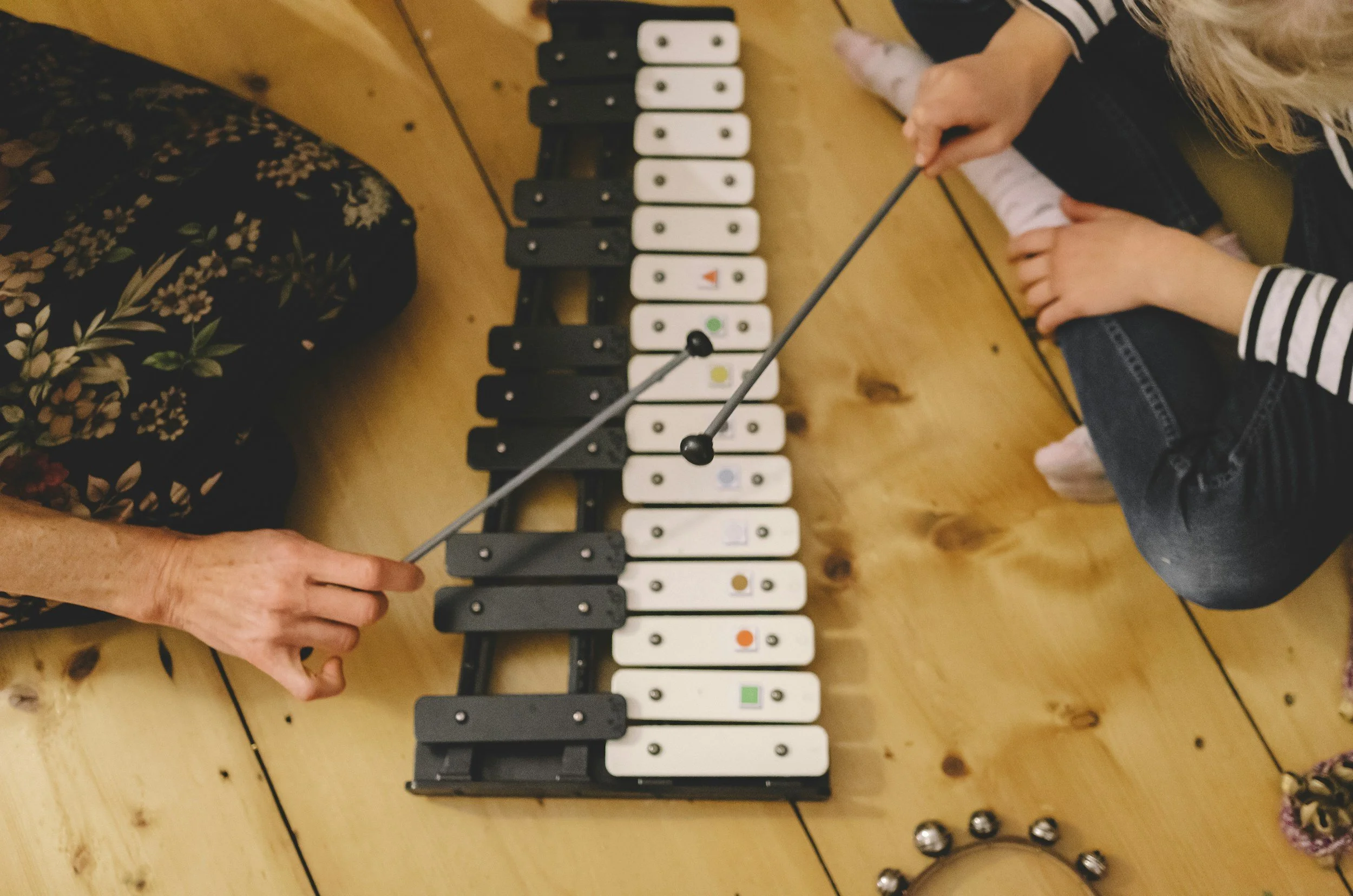Rapport-based communication is most needed when supporting people who are at risk of social isolation. While complex needs and PMLD are a common cause for social exclusion, all people in autism, learning disability and dementia care and education, including the staff, will benefit from stronger, more trusting relationships.
Rapport-based communication is all about establishing mutually shared activities (common thirds) that both people enjoy and feel instrinsically motivated to participate in. The most common feature of a rapport-based communication is that the practitioner will join in with the actions and gestures of the person they are supporting. But Rapport-based communication only looks like this when the supported person is at an early stage of communication development.
For people who are at later developmental stages, the offer may be an activity rather than a body movement or gesture. To copy the offer would then be to join in with the activity (common third) as a way to share space with the person. For example, a person may like football, or going to the cinema or painting. To engage in a rapport-based communication means to celebrate the interests of the person (offers) and join in, in a way that places no demands upon the person and lets them lead.
